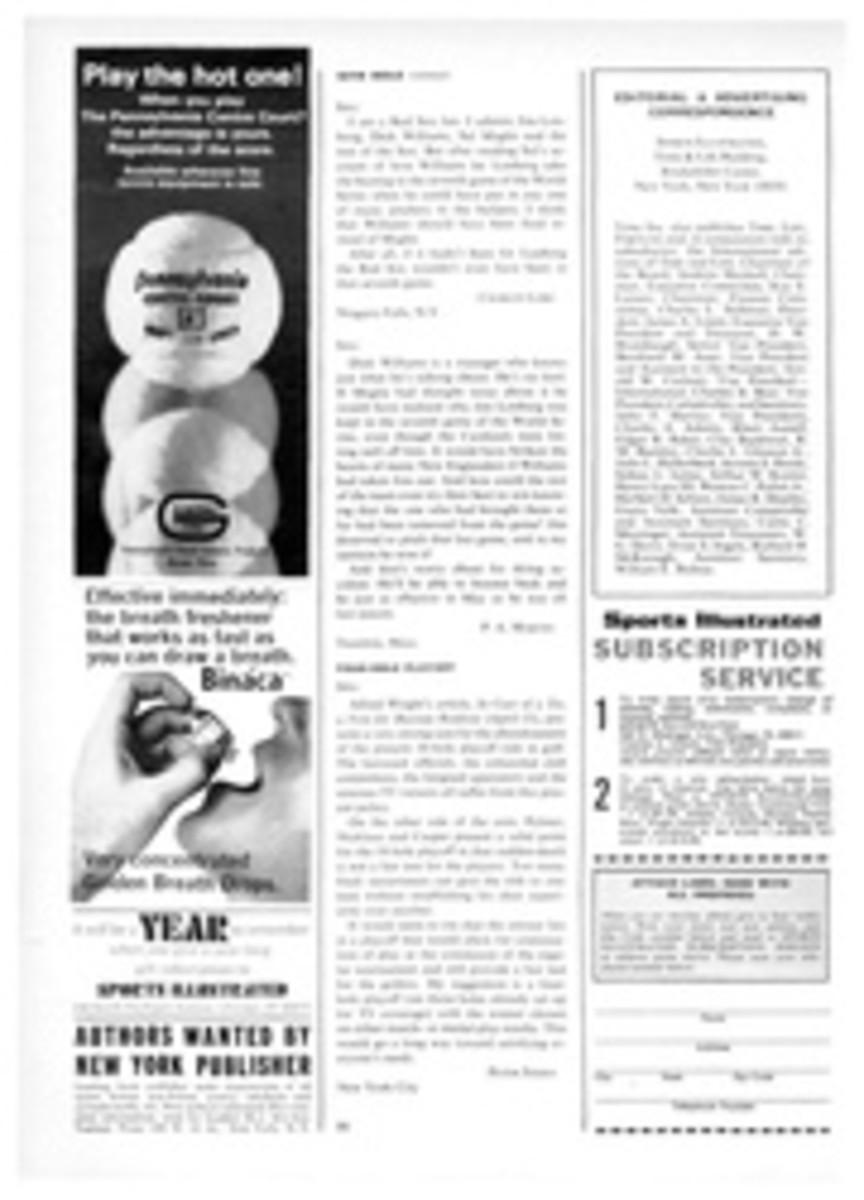
For a token $2 a day you can rent a cabin in Alaska's wildest wilderness
Tongass National Forest, covering 16 million acres in southeastern Alaska, is by far the largest forest in the nation, a vast outdoor arena for solitude, fishing, hiking, boating, wildlife watching and hunting. For more than 30 years the Forest Service has maintained cabins for the pleasure of wilderness-bound families and groups in this vastness, but until the spring of 1963 few knew about them—or how to reach them.
Now the State of Alaska's new Marine Highway System through southeastern Alaska's Inside Passage, and increased daily jetliner service to Ketchikan and Juneau, and frequent flights to Sitka have suddenly made the Tongass forest highly accessible. Three auto ferries now link the handful of communities that serve as gateways to the bountiful wildlife, glaciated landscapes and historical remnants of the region. Tongass National Forest has responded by increasing to 121 the available cabins.
The cabins can be had on a first-come first-served basis upon reservation for seven days between April 1-October 31 or 10-day stays from November 1-March 31. Big enough for four to eight persons, they were once free for the asking but, in accordance with the Land and Water Conservation Act of 1965, a token daily use fee of $2 per group is now charged. You get the Tongass National Forest "Outlying Cabin" map and full information by writing the Regional Information Officer, U.S. Forest Service, Box 1631, Juneau, Alaska 99801. Reservations should be made 60 days in advance and confirmed within five days of occupancy.
Some of the cabins are log structures dating back to the CCC days of FDR, but most are recently developed, reflecting the changes under way in a very young state. In the last few years construction has been A-frame and cedar plank. All are deeply isolated within the forest.
I last occupied one of the cabins six summers back, by a lake named Jims on Admiralty Island, reached by charter seaplane out of Juneau. Its porch thrust out over a shallow bay of the lake, which made me elect to sleep outside with a groundsheet spread overhead to keep off the frequent rains of southeastern Alaska. Every morning I was awakened by the swishing, champing and snuffling of a moose matron and her gangly-legged calf feeding on lake-bottom growth almost immediately underneath me. It was pretty exhilarating, even for an old Alaska hand. Fishing was so good it got to be a bore, so we hiked out to the upper end of Kootznahoo Inlet on an Indian trail and discovered what I believe is the most beautiful single spot in all Panhandle Alaska—Mitchell's Bay of Kootznahoo. When we returned to camp a couple of days later we found that we had not latched the door securely enough and had been visited by bears in the interim. We spent the remainder of the holiday cleaning up a cabin that was a little the worse for bear wear.
Cabins are equipped with stoves, bunks, fireplaces, outdoor sanitary facilities and great heaps of chopped wood which you replace before you depart. None is wired for electricity. You take in your own bedding, cooking utensils, gasoline lantern and fishing gear. Rain gear and warm clothing are essential for southeastern Alaska weather, which is highly variable. You're encouraged to carry a .30-06 or larger rifle as this is brown-bear country. Give them a wide berth. I'm convinced that bears are considerably more uncomfortable around people than vice versa. Hunting and fishing regulations may be obtained from the Alaska Department of Fish and Game, Subport Building, Juneau 99801. You get lists of charter-plane services from the Chambers of Commerce of the towns. Rates are modest—$45 to $55 an hour in three- or five-passenger float planes. The round trip to most locations takes about an hour.
There are generally boats available on the lakes, but I've known some people who thought it wise to take along a small inflatable raft. The best months are July, August and September. During the latter you can feed luxuriously on native berries: huckleberries, wild raspberries and low-bush blueberries. And you'll eat so much trout and grayling that you'll find yourself getting sick of them. Nevertheless, you'll always be hungry, so take a lot of dehydrated food along—and leave some behind in the cabin for the next camper. I've never gone to one of the cabins without finding a cache of canned goods left by some considerate previous tenant.
In the past the National Forests of contiguous territories have erected "fores shelters" on wilderness trails. These often are crude, offering no more than a shed roof over a stone fire pit. Do not confuse the Tongass' recreation cabins with these backpackers' shelters. The reason for the relative luxuriousness of the Tongass program is the vastness of the area. Scarcity of roads, costs of building and maintaining trails, the climate and safety factors make this the most practical way that people can enjoy southeastern's wilderness.
It is curious that this unique Alaskan asset is so little known. The cabins make a perfect break in a lengthy family vacation, yet not one in 20 Alaska-bound families knows about them. Up to now the principal users have been honeymooning couples from Alaska's "big" cities—Fairbanks and Anchorage.

